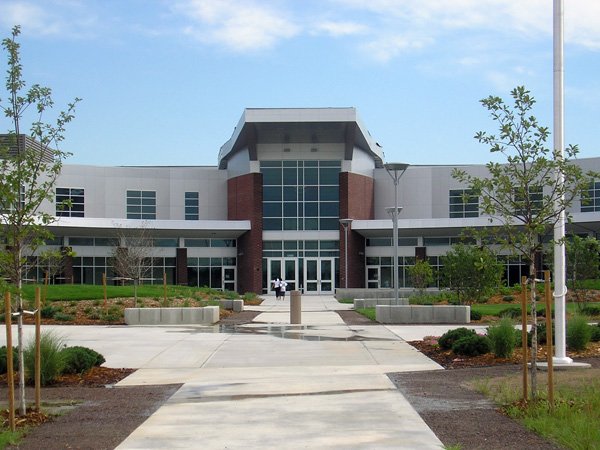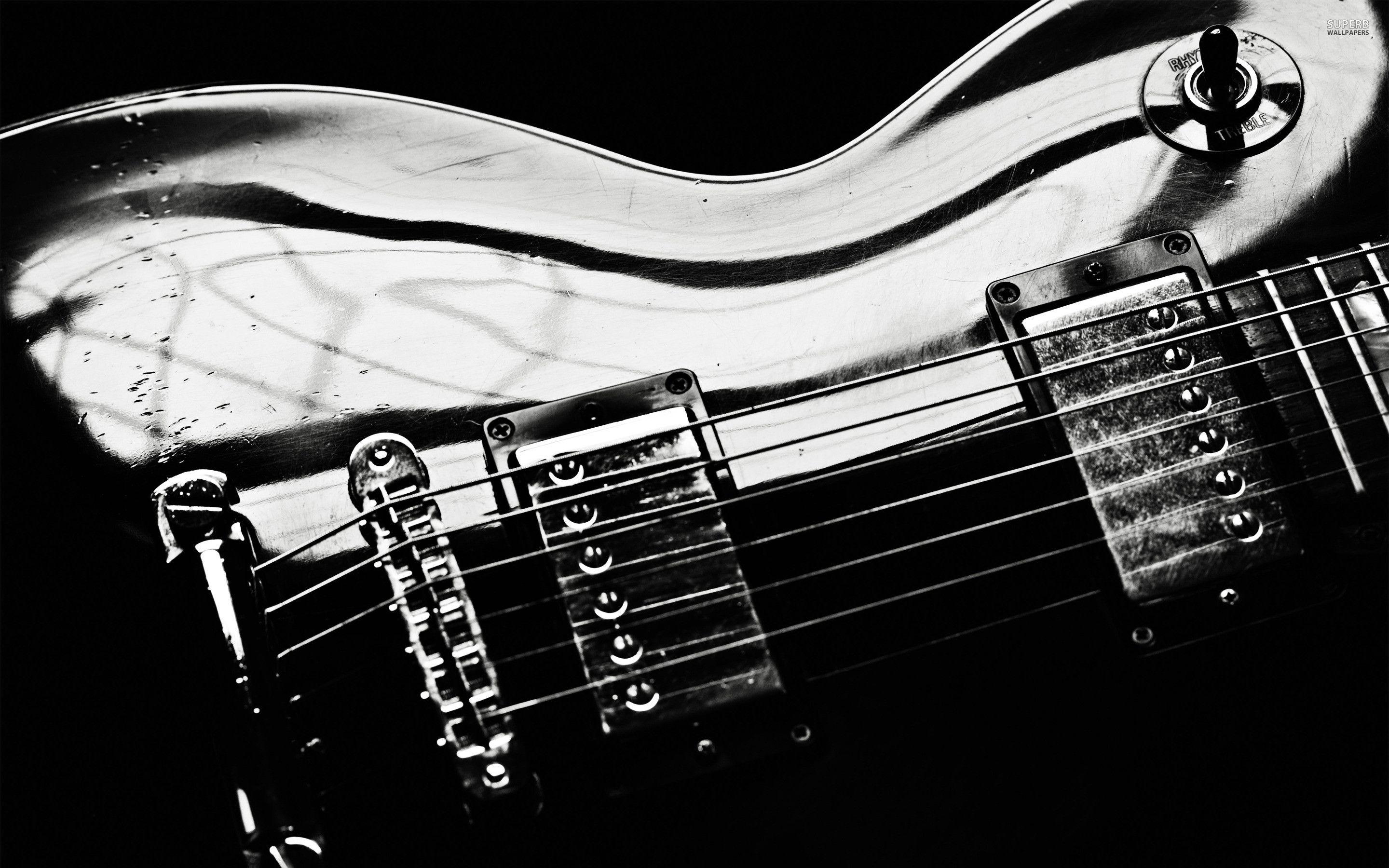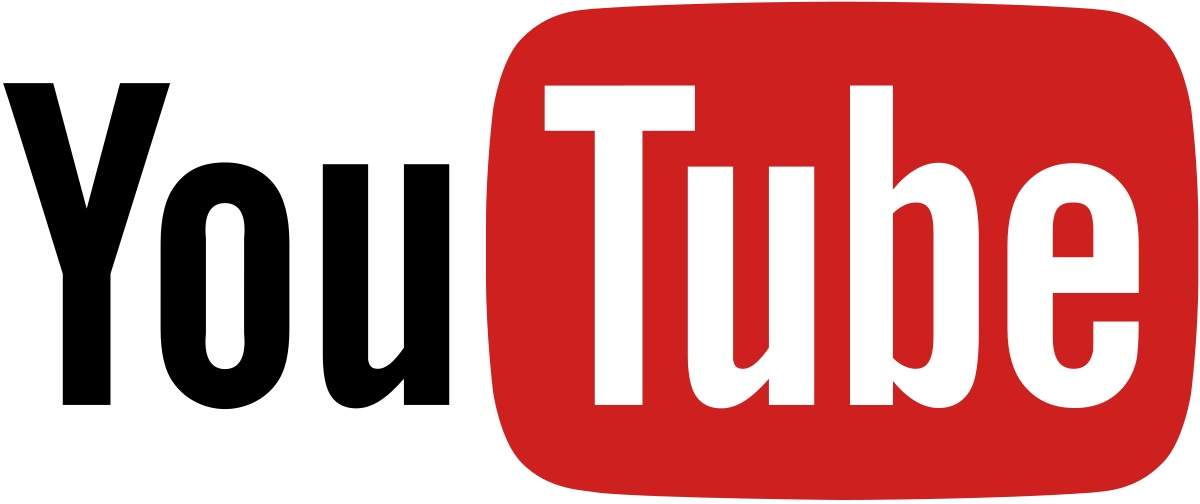Education
Turnberry Elementary

Turnberry Elementary School is an above average, public school located in COMMERCE CITY, CO. It has 711
students in grades PK, K-5 with a student-teacher ratio of 20 to 1. According to state test scores, 50% of
students are at least proficient in math and 55% in reading.
Stuart E. Middle School

Otho E Stuart Middle School is a public school located in Commerce City, CO, which is in a fringe rural
setting.The student population of Otho E Stuart Middle School is 768, and the school serves 6-8.At Otho E
Stuart Middle School, 22% of students scored at or above the proficient level for math, and 37% scored at or
above that level for reading.
The school’s minority student enrollment is 58%.The student-teacher ratio is 22:1, which is the same as that
of the district.
The student population is made up of 48% female students and 52% male students.The school enrolls 38%
economically disadvantaged students.There are 36 equivalent full-time teachers and 1 full-time school
counselor.
Prarie View High School

Prairie View High School is ranked 216th within Colorado. Students have the opportunity to take Advanced
Placement® coursework and exams. The AP® participation rate at Prairie View High School is 44%. The total
minority enrollment is 56%, and 31% of students are economically disadvantaged. Prairie View High School is
1 of 6 high schools in the School District 27J.
Emily Grifffith Community College

Denver educator Emily Griffith (1868–1947) shared her dream of opening a school to serve people of all ages
and interests with a Denver Post features writer in 1915. Following its publication, she persuaded the Post
and local trolley cars to promote the idea. In May 1916, Griffith received the condemned Longfellow School
at 13th and Welton Streets from the Denver Board of Education. Opportunity School opened on September 9,
1916.[3]
By 1954, the school served 10,000 students annually and had over 400,000 alumni.[4] Public television in
Denver, directed by Jim Case, signed on January 30, 1956 from a studio in an auto body shop at the
school.[5] Funding from Denver Public Schools gradually declined over the years, leading the school to begin
charging Denver residents tuition in 1991.[6]
Courses also changed with the needs of the community, adding more English as a Second Language and health
care courses and closing programs in shoe repair, audio/visual electronics, and precision machining in the
mid-1990s.





